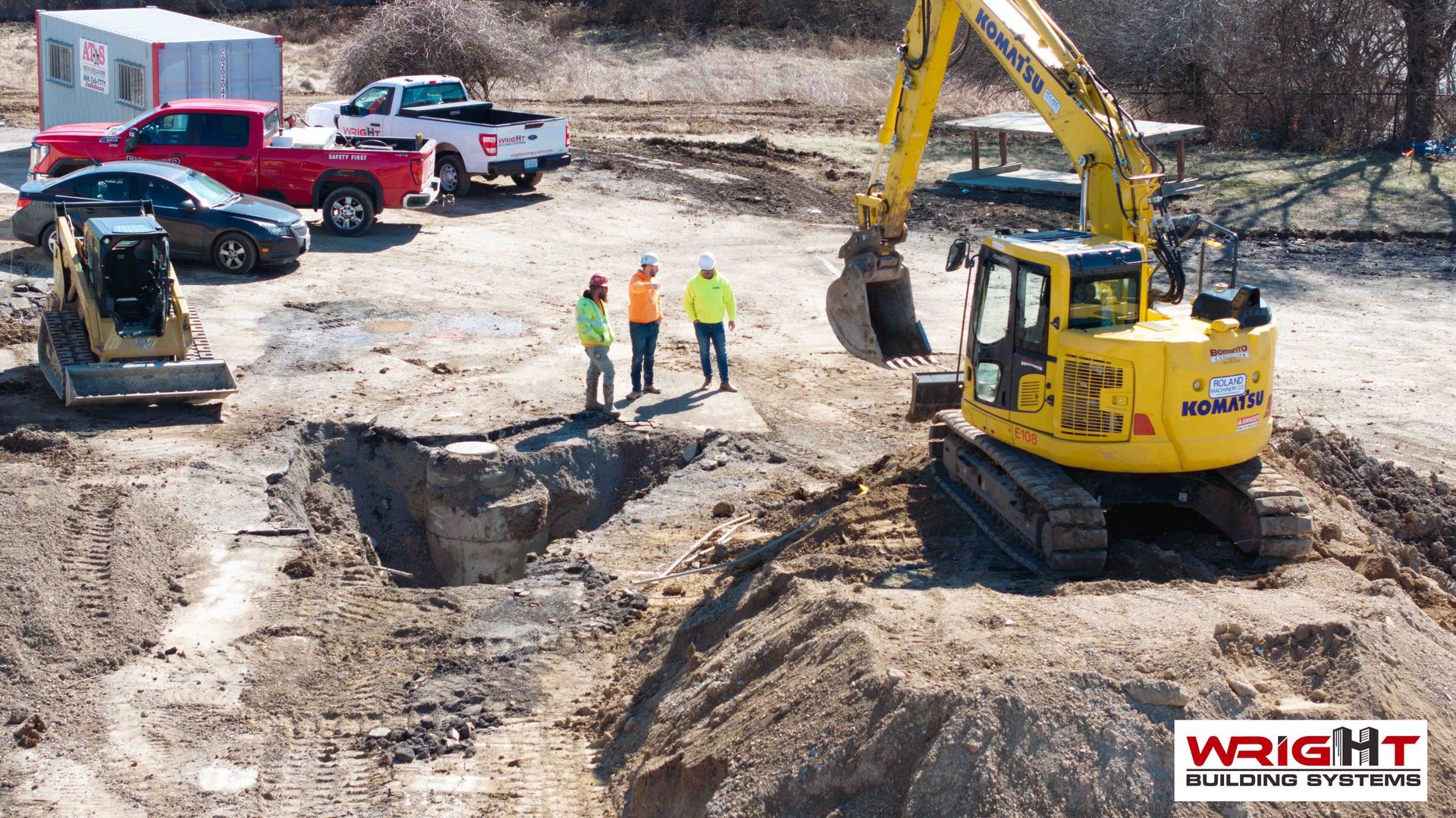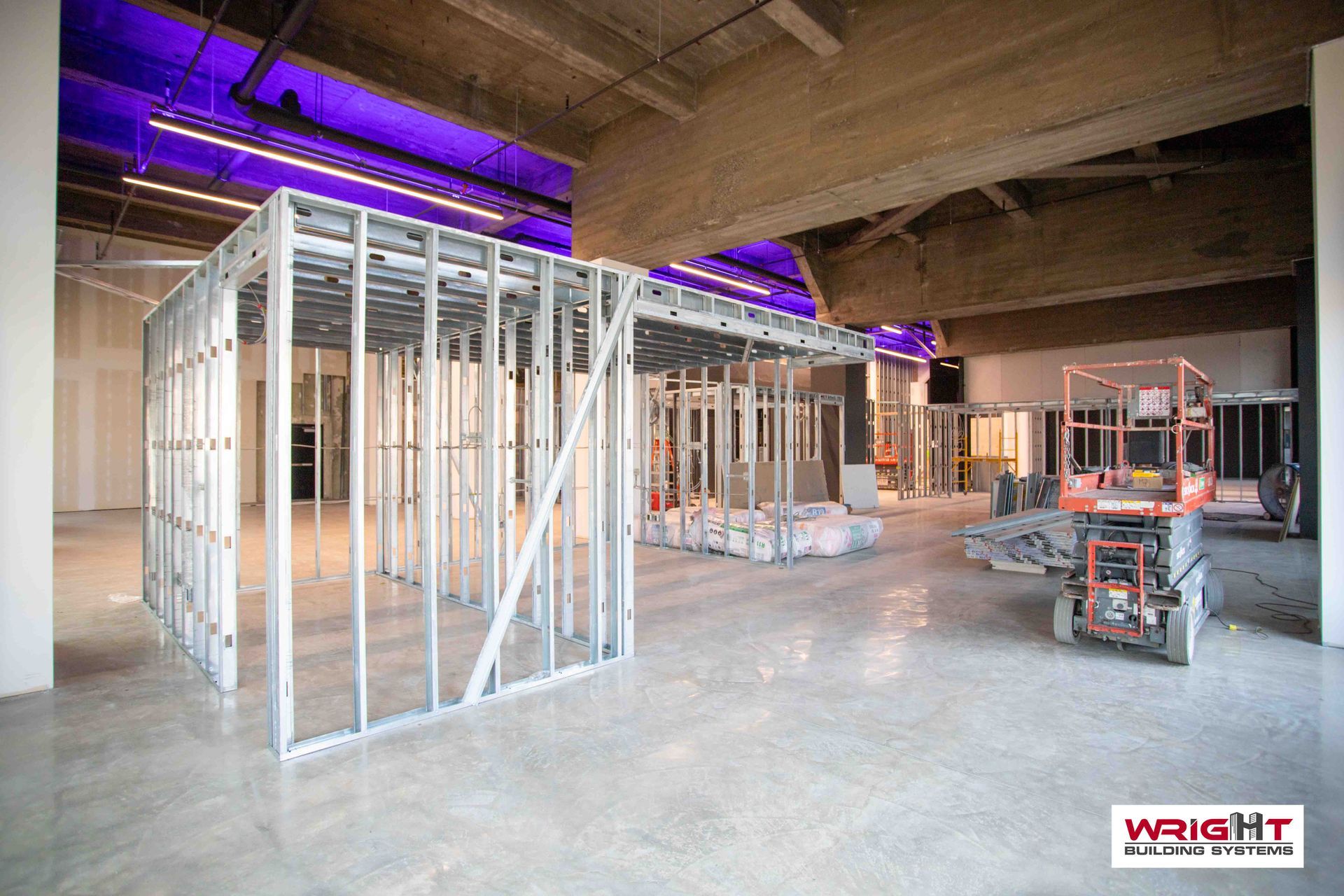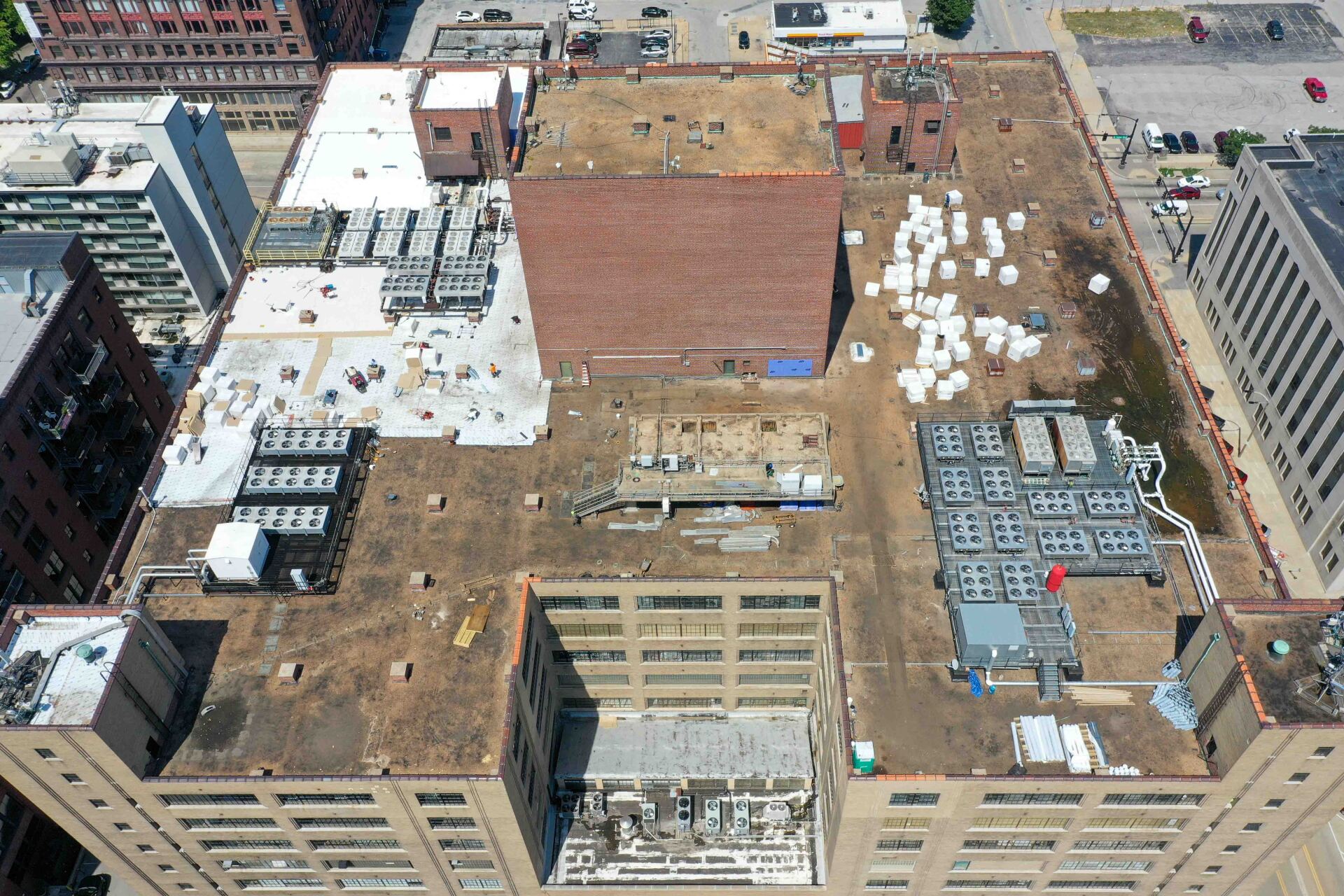Timeline Factors Every Construction Team Should Plan For
In commercial construction, meeting deadlines isn't just about efficiency—it's about maintaining trust, controlling costs, and keeping clients' operations on track.
For specialized projects like Sensitive Compartmented Information Facilities (SCIFs), government contractor facilities, historical renovations, and large-scale restorations, the timeline challenges are far greater than those in standard builds.
From complex permitting to specialty material procurement, every project phase has the potential to slow progress if not anticipated early.
The good news? With the proper foresight and planning, construction teams can avoid delays and deliver on time.
Examine some critical factors impacting construction schedules and proactive strategies to keep projects moving.
Regulatory & Security Clearances
Projects for government contractors and secure facilities involve more than building code compliance.
They often require high-level security clearances, SCIF accreditation, and strict adherence to agency-specific regulations. Background checks for workers, multiple layers of documentation, and security inspections can stretch project timelines if not planned carefully.
Proactive Strategy: Begin the clearance process once project approval is received. Work with consultants who specialize in government and SCIF compliance to ensure requirements are fully understood.
Build buffer time into the schedule to accommodate unexpected delays in approvals.
Historical Preservation Requirements
When working with historically significant buildings, construction teams must preserve original architectural details while making modern updates.
The team may need to get approval from historical societies, source authentic or custom-fabricated materials, and work around fragile structures. These steps can be lengthy and complex.
Proactive Strategy: Involve preservation boards and local historical agencies early in the design phase. Submit material samples and restoration plans for review before ordering supplies.
Partner with vendors experienced in producing historically accurate materials so the team can place orders without delay.
Material Availability & Lead Times
Specialized projects often require unique materials, such as blast-resistant doors for SCIFs, custom HVAC systems, or antique finish hardware for restorations.
These aren't items you can pick up from a local supplier, and procuring them takes careful consideration and planning. Additionally, global supply chain disruptions can add weeks or months to expected delivery times.
Proactive Strategy: Once designs are finalized, lock in material orders immediately. Maintain relationships with multiple suppliers to have contingency options if your primary vendor encounters a shortage.
Consider early purchasing and secure storage for critical items to avoid last-minute scrambling.

Specialized Labor Scheduling
Not every contractor is qualified (or cleared) to work on sensitive or specialty projects.
For example, SCIF builds require crews who understand federal security protocols, and historical renovations need craftspeople skilled in traditional techniques; work can stall if these experts aren't available when you need them.
Proactive Strategy: Pre-schedule specialty crews well in advance of their phase of work. Keep a vetted backup roster for each trade if a subcontractor becomes unavailable.
This redundancy ensures there's no downtime waiting for a replacement.
Weather & Environmental Factors
Exterior work is at the mercy of the weather, and older structures can hide environmental hazards like asbestos or lead paint that require specialized remediation before continuing.
Both scenarios can lead to unexpected stoppages if not planned for.
Proactive Strategy: Schedule weather-sensitive work for favorable seasons whenever possible. Conduct thorough inspections before demolition to identify hazardous materials early in restoration projects.
The team can then account for remediation in your schedule rather than being blindsided mid-project.
Change Orders & Scope Adjustments
While some scope changes are unavoidable, last-minute adjustments can disrupt workflows, push back schedules, and inflate budgets.
This is especially true on projects with multiple stakeholders, where approvals take time.
Proactive Strategy: Use a thorough pre-construction planning process to anticipate potential client needs and concerns.
Establish a formal change order protocol so any adjustments are quickly documented, priced, and approved without confusion.
Integrating Timeline Risk Management into Every Project
Staying ahead of delays is about more than avoiding mistakes; it's about anticipating them. A proactive timeline management plan will keep the project on schedule and budget.
- Include all known regulatory, labor, and supply chain constraints from the start.
- Use detailed scheduling tools with milestone tracking to identify slippage early.
- Hold regular progress reviews with the project team to adjust timelines before delays compound.
- Build in contingency time for high-risk tasks without unnecessarily inflating the overall schedule.
When all team members, from project managers to subcontractors, are aligned on the schedule and its risks, the likelihood of on-time completion increases dramatically.

Work With Wright Building Systems
Specialized commercial construction projects come with unique challenges that can impact timelines at any stage.
By accounting for regulatory approvals, preservation requirements, material lead times, labor scheduling, weather conditions, and change orders early, construction teams can avoid the costly consequences of delays.
Greater St. Louis business owners repeatedly trust Wright Building Systems with their projects. We are committed to safety and delivering finished products that exceed expectations.
Our dedicated team has the equipment, technical skills, and perseverance to complete your project.



